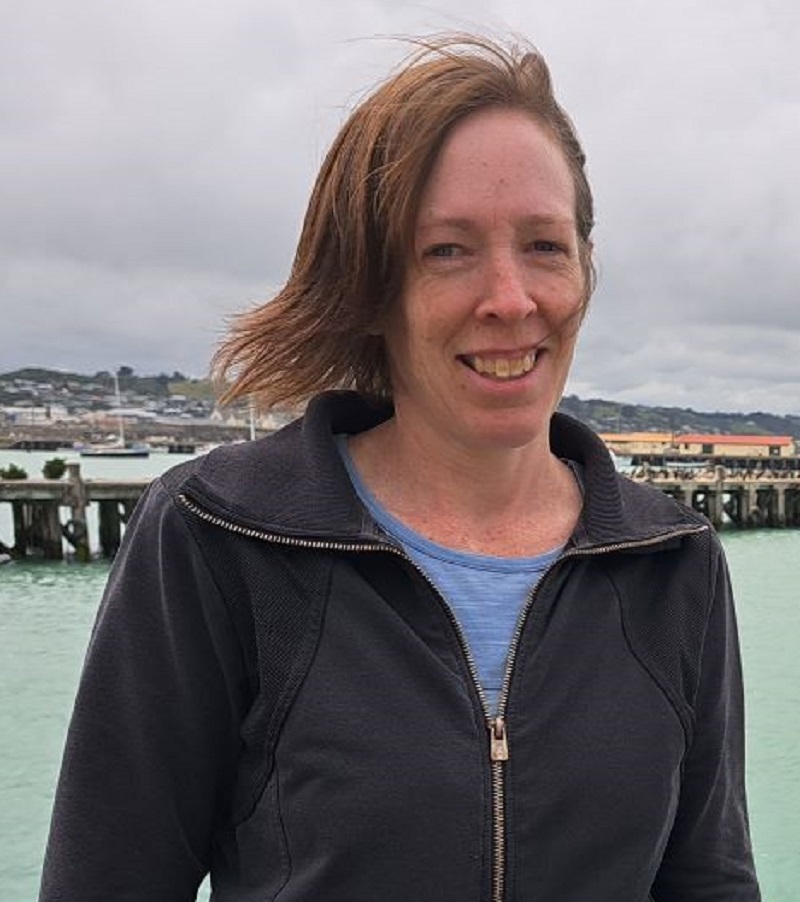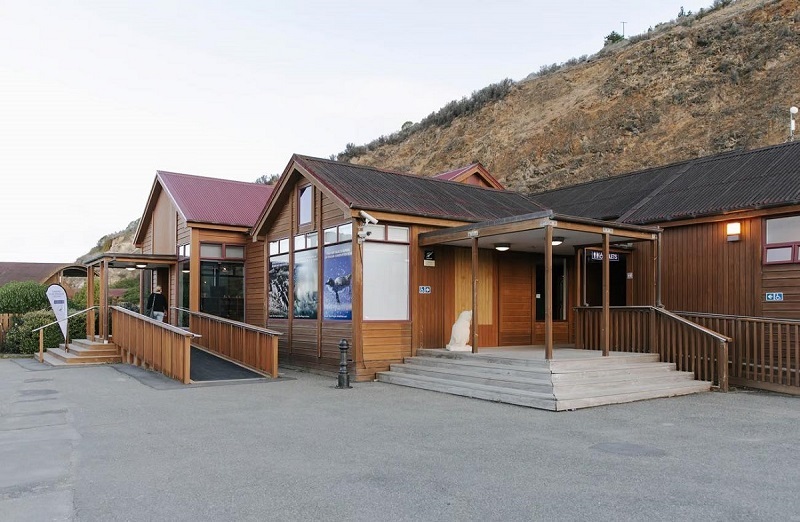Free penguin colony entry a 'thank you' to community after 30 years
Ashley Smyth
28 August 2023, 4:42 AM
 To celebrate 30 years of the Ōamaru Blue Penguin Colony, Waitaki locals can see the seabirds come ashore for free this week. PHOTO: Supplied
To celebrate 30 years of the Ōamaru Blue Penguin Colony, Waitaki locals can see the seabirds come ashore for free this week. PHOTO: SuppliedLocals are invited to visit the Ōamaru Blue Penguin Colony for free this week, to celebrate 30 years since the first official count of the little blues coming ashore.
In August 1993, 23 of the kororā were counted coming in to nest for the night. Last Monday, 30 years on, it was 151. Ōamaru Blue Penguin Colony science and environmental manager Dr Phillipa Agnew uses this as the measuring stick for day one of the colony.
“I count the 30 years from when we started counting the penguins when they arrive in the evening, because we've got this Excel spreadsheet that dates back to the end of August 1993. And with the exception of Covid lockdowns and the occasional storm event, every day, the penguins were counted since then,” she said.
Waitaki locals can come and see the penguins come ashore for free this week from Monday (August 28) to Sunday (September 3), to try and give something back to the community, Philippa said.
“To acknowledge that it was community-driven at the beginning. Because if it hadn't been for that support by all those passionate locals, then who knows what this area would have looked like . . . and embracing the support we've had over the years too, from people.”
People can book via email, and just need to provide a proof of address, either when they come, or when they book.
“And there might be a little surprise for people that come early - a little treat,” she said.
The colony was initially the passion of volunteers - too many to name, as Philippa does not want to leave anybody out.
The area was a disestablished quarry, and once the quarry stopped operating, people noticed the kororā were coming ashore at night.
Waitaki mayor at the time, Reg Denny, pegged the area for a possible cement works, Philippa said.
“He was quoted saying, the cement industry is coming.
“He was determined that it was going to be industrial. But imagine what that would have looked like . . . Imagine if this whole area had been industrial.”
The local volunteers, along with workers from the Department of Conservation, and Forest and Bird got to work trying to protect the area for the penguins, she said.
“So yeah, there were a lot of people that pushed.”

Ōamaru Blue Penguin Colony science and environmental manager Dr Philippa Agnew. PHOTO: Ashley Smyth
Dunedin scientist Chris Lalas came to Ōamaru and “did a count”, and ecologist Peter Dan from Phillip Island, in Australia, carried out a survey from Nugget Point in the Catlins up to the Waitaki River mouth.
“He did a survey counting all of the penguin burrows and nests that were present,” Philippa said. “And so he made recommendations around what could be done here because they found these two, sort of, concentrations of penguins - in the harbour area and then there were more north of the Oamaru Creek.
“So he made suggestions. And then essentially that's when the fact that we could turn this into a protected breeding area and a tourism operation [came up] because they used Phillip Island as the model of what it could look like.”
The information centre was built in 2001, and has had “bits added onto it” over the years. The big grandstand was built a year later, and the premium stand came along in 2012.
Denis Dove was the first manager, and did a lot of the monitoring work, Philippa said.
Since those early days, the penguin population has boomed. In 1994 there were 33 breeding pairs, and last year there were 279.
The increase mainly comes down to predator control, the reduction in disturbance, and the provision of nesting habitats, she said.
The nesting boxes were successful in Australia, and they were also used at Taiaroa Head, on the Otago Peninsula.
“Artificial boxes won't collapse or flood the way a natural nest might,” Philippa said.
Other successes have been beginning a research programme into the effects of storms on the penguins, installation of the underpass to keep penguins off the road, a rehabilitation facility and some new weigh platforms.
“So there has been ongoing investment,” she said.
“We're not just about making money for the sake of it. It's making money to put money back into supporting the penguin population, and it always has been.”
This year there will also be a return to having paid staff at Bushy Beach, supporting the yellow eyed penguins up there. Since the arrival of Covid in 2020, volunteers had monitored the area for the last three seasons.
“So we'll just have staff up there each evening, making sure people don't disturb the yellow-eyed penguins as they come ashore.”
For the little blues, this breeding season has been slower to start than in recent years, but rather than being abnormal - it is more a return to normality, following a few years of bumper breeding.
“We've been doing some tracking work to figure out where they're going at sea, and it's kind of normal, it's not really any different to other years . . . They just haven't started as early.
“We've been a bit spoiled though . . . The last, I think it's five out of the last six years, we've had eggs in May, and the eggs in May means lots of double brooding.
“So yeah, they have their second clutch after fledging chicks from the first. But this year, it'll just mean that they have one brood of chicks . . . which is normal, definitely, for little penguins elsewhere in the country,” she said.
Gazing into the crystal ball for the next 30 years of the colony, Philippa anticipates things will continue to grow.
There are plans to extend out into the back car park, and put some new nesting boxes on the back of it, when the area is sealed, which is due to happen soon.
Climate change makes it hard to predict what will happen in the future for the korarā
“If it were dependent on the last 30 years, we would say, yep, the population's going to go amazing, and it's going to keep growing, but with climate change comes the increase in frequency and intensity of storm events, and we know that storm events have a serious impact on the penguins.
“So, what the future looks like for the penguins is pretty uncertain, and so that's why we really need to make them more resilient by building as large a population as we can.”
For those who live in the Waitaki District, book in for a free viewing of the penguins this week by emailing [email protected] - you can either provide proof of address when you book, or take it with you on the night.
If this week doesn’t suit or is fully booked, a 50% discount applies for locals any other time.

The Ōamaru Blue Penguin Colony. PHOTO: Ashley Smyth




